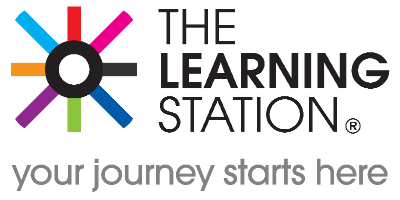What is Residential Childcare?
Caring for children in a residential care setting takes a very definite set of skills as these children may often be traumatised and difficult to manage, with challenging behaviour at times. The course we run will qualify you to do this kind of work, and although it will certainly have its challenges at times, people who work in this setting get a lot of satisfaction from being able to help children who have suffered loss or trauma and help them to make sense of what is happening in their lives. Form a career in this setting you can progress to more senior roles.
You can learn more about residential childcare here
Example types of residential childcare settings:
- Boarding school residential houses – this is where pupils will live and socialise outside of their school hours but on the same grounds as their school
- Children's homes/group care – this can be generic home for children of different ages and needs (such as asylum seekers)
- Specially commissioned provision for single children – Where children cannot safely be placed with their peers or where no suitable establishment can be identified, a specific placement may be created
- Therapeutic/ high support units – For children with complex needs who cannot be cared for in mainstream settings and who need a range of specialist support, such as therapy or on-site education. They have a higher staff ratio per child and offer a therapeutic milieu.
- Secure care – Locked establishments taking children who are deemed to be a risk to themselves or others and/or who have committed offences.
- Supported accommodation in preparation for independence – Accommodation for older adolescents preparing to live independently. They may live in groups, with a resident or non-resident staff offering support.
What is a Teaching Assistant?
Working in at schools, as a teacher’s assistant can be a great way to use the skills that you have in other childcare, like youth or nursery work. This can also be a good way of showing a prospective employer that you have good experience in working with children. Each school will have its own entry requirements. When you have your own children, this is a great way to work with children and benefit from school holidays. The input of a good teaching can make a really important impact on the life of a child.
The only setting you would be in as a teaching assistant is a primary school teaching assistant and you would be assigned to one classroom, one teacher.
You could work in a public or private school but the age range would have to be the younger children between 5-11 years old. If you are interested in secondary school teaching, you will need more qualifications in a chosen field.
The courses that we offer will offer you exciting opportunities if you want to work in the very rewarding area of childcare. There is a lot of variety and a lot to aim for in this area of work.
|



 Student Login
Student Login My Account
My Account





